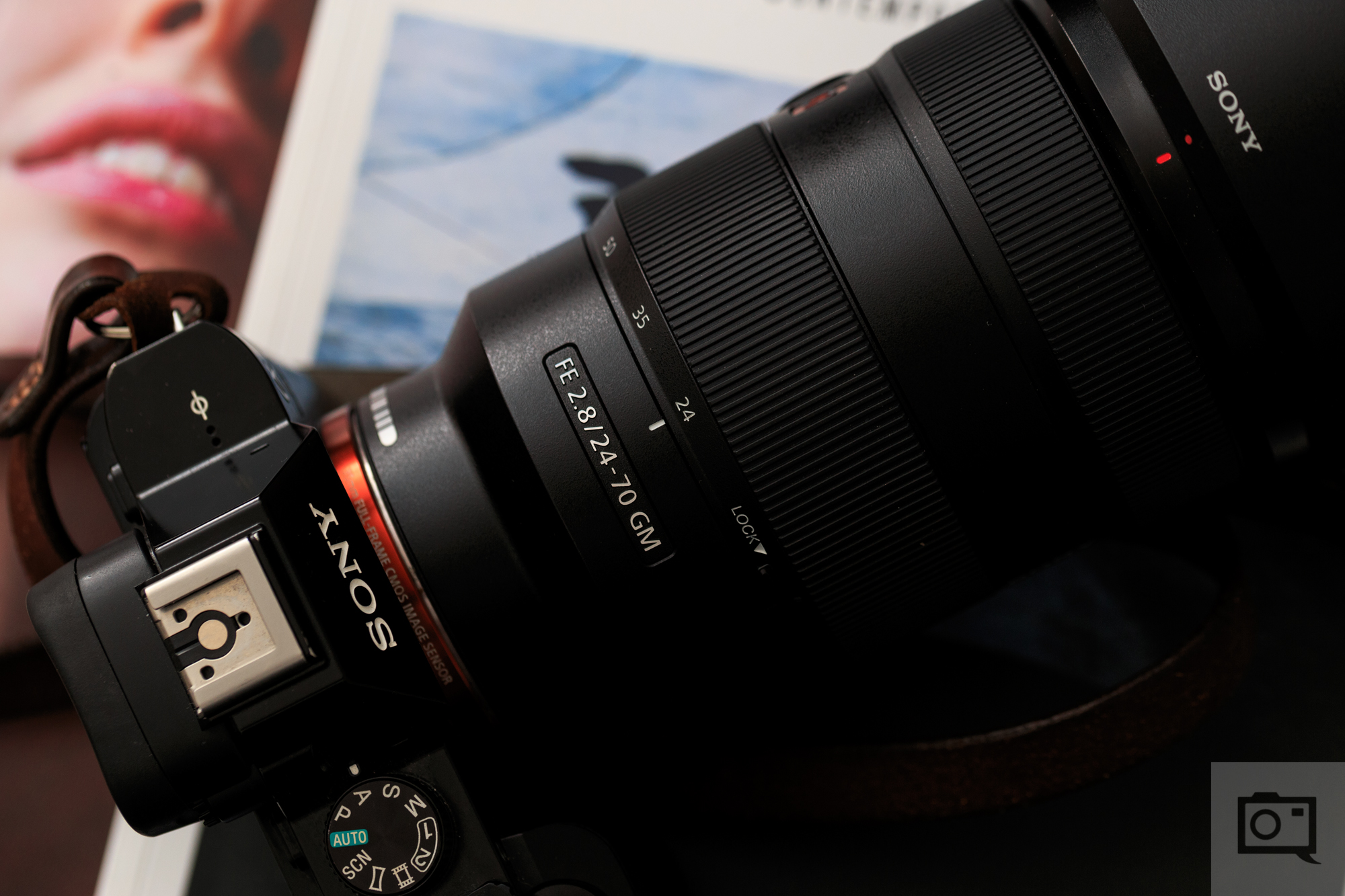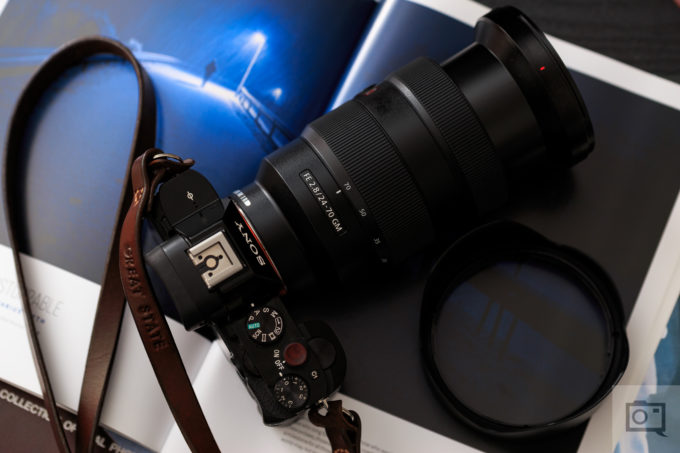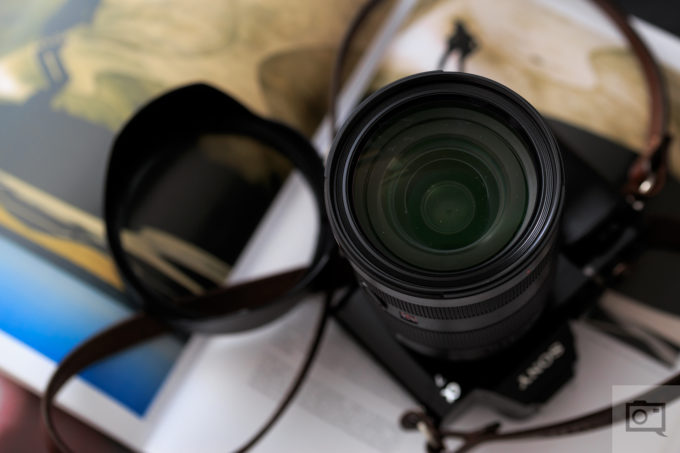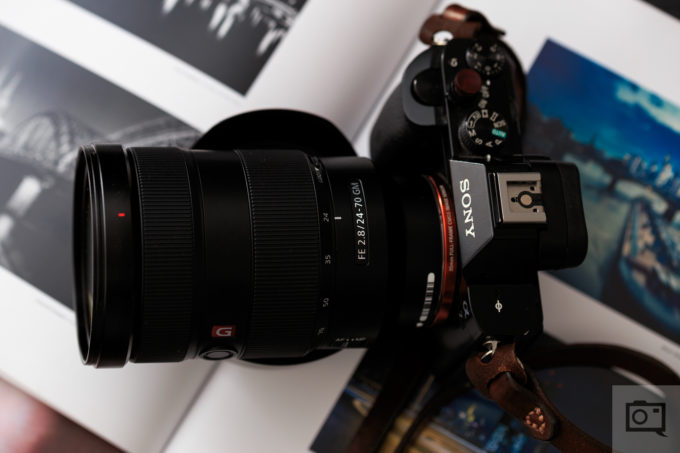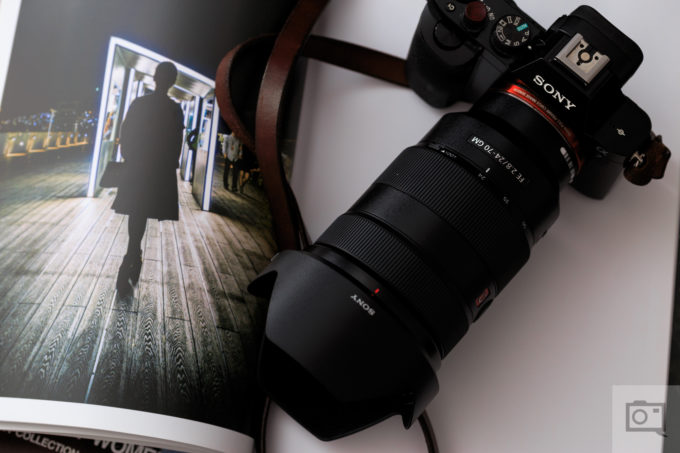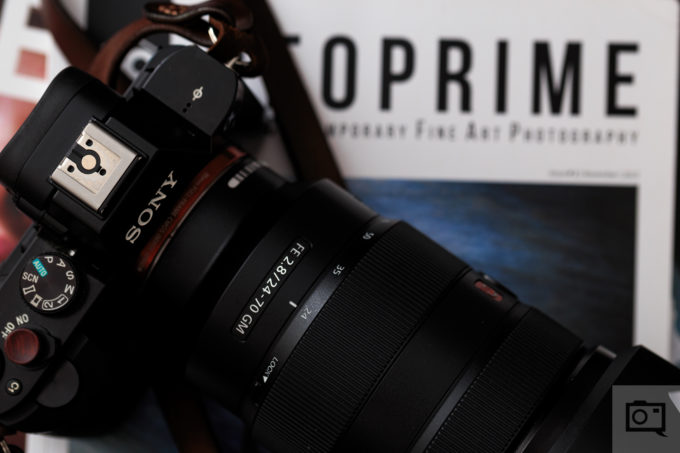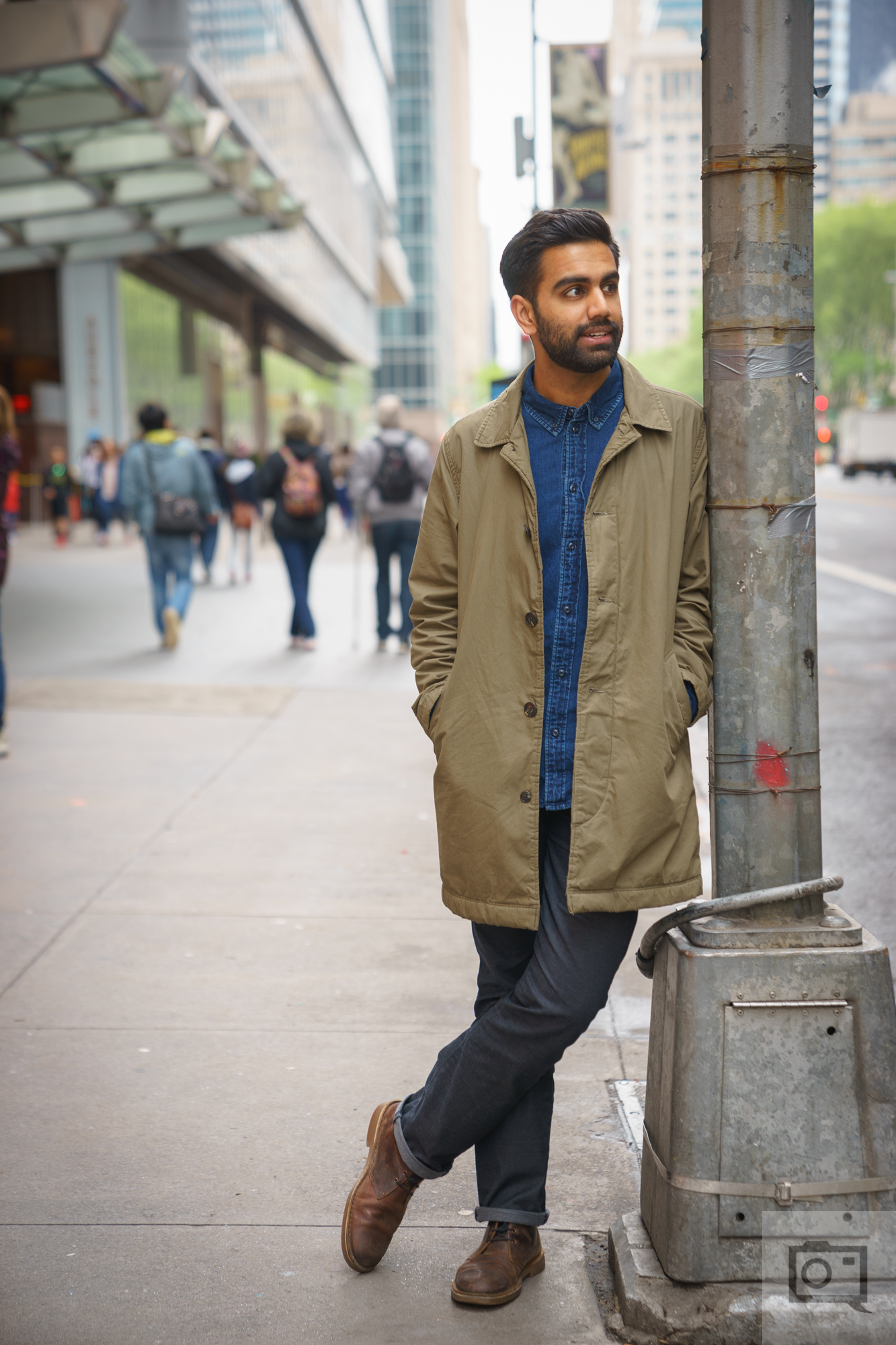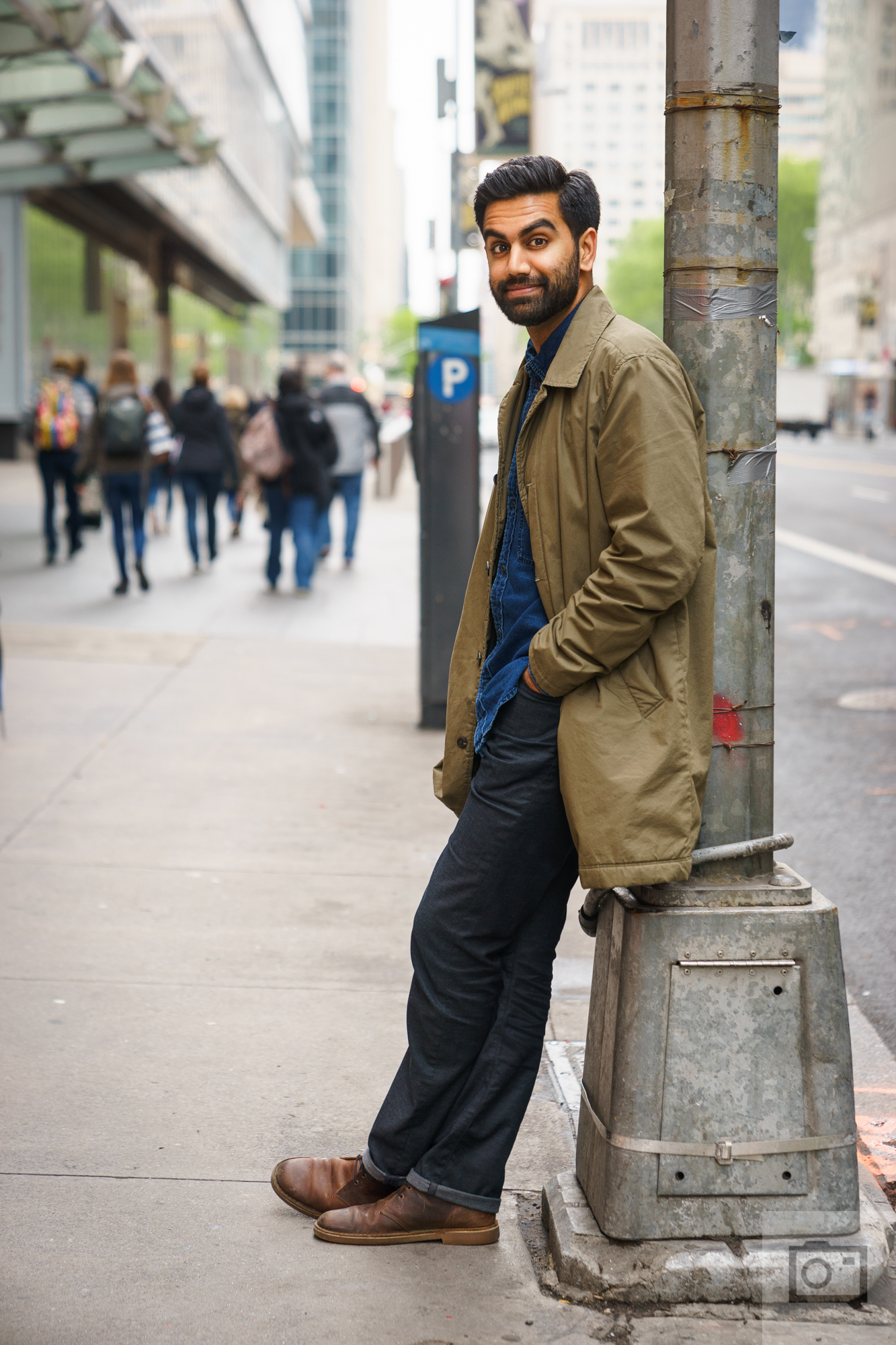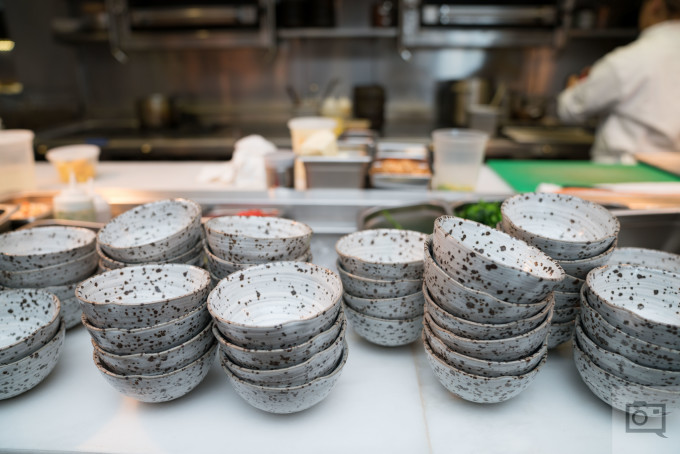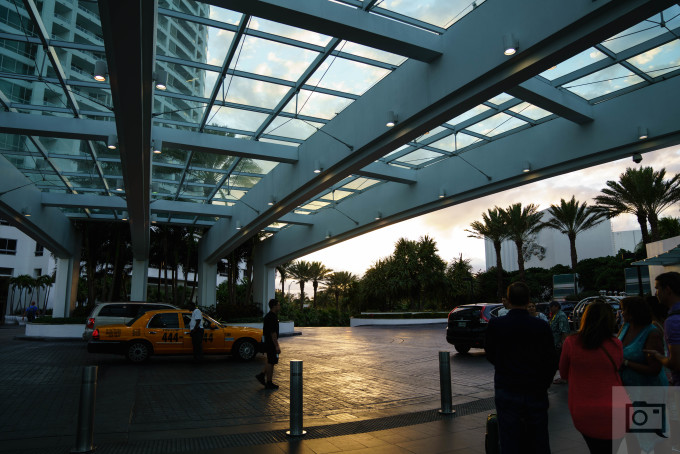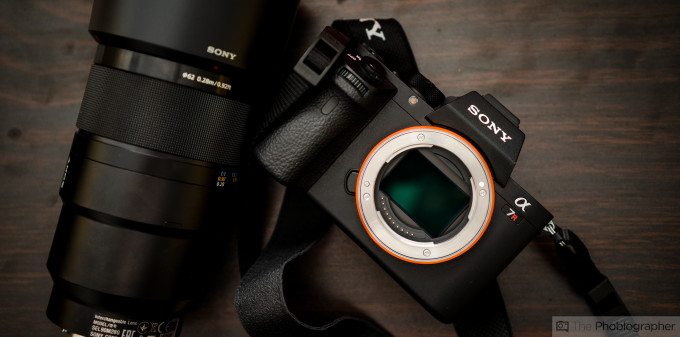It was only a matter of time until Sony announced their 24-70mm f2.8 lens that put it more squarely in the eyes of professionals. This lens is part of the company’s G Master lineup: which despite the hilarious name is also very capable of helping you shoot and gain a ton of excitement (I had to, sorry.)
Unlike some of Sony’s other lenses, this one has weather sealing at the mount and resistance built in all around the lens. Plus it focuses quickly, is pretty well built overall, and is pretty compact for a 24-70mm lens.
It’s meant for the professional, and the price really reflects that.
Pros and Cons
Pros
- Excellent image quality
- Well built
- Lots of versatility
- Sharp output
- Fast autofocusing abilities
- Fairly compact for what this lens is
Cons
- I’ve seen better bokeh, but this isn’t horrible.
- Tends to be heavy, though not as heavy as Nikon’s and above everyone else’s offerings
Gear Used
The Sony 24-70mm f2.8 G Master lens was used with the Sony a7 and Sony a7r II along with the Flashpoint Zoom Lion flash. Additional work was done with the Godox Thinklite TT685S TTL flash.
Tech Specs
Tech specs taken from the Adorama listing
- Lens Mount
- Sony E-mount
- Format
- 35mm full frame
- Compatability
- E-mount 35mm Full Frame
E-mount APS-C cameras - Focal Length (mm)
- 24-70mm
- 35mm Equivalent Focal Length (APS-C)(mm)
- 36-105mm
- Lens Construction (Groups, Elements)
- 13 groups, 18 elements
- Aspherical Lenses
- 3 aspherical (1 XA)
- Extra-low Dispersion Glass
- 2 (1 Super ED glass/ 1 ED glass)
- Coating
- Nano AR Coating
- Maximum aperture (F)
- f/2.8
- Number of Aperture Blade
- 9 circular
- Circular Aperture
- Yes
- Minimum focus distance (m)
- 0.38m
- Maximum Magnification Ratio (x)
- 0.24x
- Lens Motors
- Direct Drive SSM
- Filter Diameter (mm)
- 82mm
- Hood Type
- Petal shape, bayonet type
- Dust and Water Resistant
- Yes
- Dimensions (DxL)
- Approx. 3.45 x 5.35″ (87.6 x 136mm)
- Weight
- 31.50 oz (983g)
Ergonomics
Taken from our first impressions post
The Sony 24-70mm f2.8 G Master lens is one that is designed to appeal to the person that needs a constant aperture walkabout lens or for the professional. These lenses are the bread and butter of many wedding photographers, photojournalists and working photographers in general. The best I’ve tested are from Tamron and Tokina–with the latter really impressing me.
Much of the lens is characterized by giant rubber rings which have a lot of texture on them. Additionally, there is metal body sections, a zoom range scale, and the 24-70mm branding on top. Without the lens hood, it’s a much smaller package. Though if you get a lens like this, I’d make sure that you use the hood to protect it.
This lens isn’t like the variations from Canon and Nikon. At its widest, the lens is compacted while at its longest, the lens is extended. This is the opposite from the big two companies.
With much of Sony’s system, the controls are on the cameras themselves. But here, you’ll get an AF/MF switch on the side of the lens body. You’ll also get a focus lock button.
Of course, this wouldn’t be a G Master lens without you being able to find the little G moniker on the body.
The front of the lens has a giant 82mm filter thread to accommodate to an equally giant filter. Keep this in mind if you shoot landscapes or with manual flashes and need an ND filter.
Build Quality
During my testing it I took the lens through a rainstorm here in NYC. It and the Sony a7 that it was attached to were perfectly fine.
To boot, the feel of the lens in your hand is very solid. Your hand generally reaches towards the large zoom ring and doesn’t really go around to the smaller focusing ring. The other parts are made of a textured plastic similar to what Canon does with their newer lenses but with a bit more texture. For that reason, I like the Sony more.
The lens is just the right size to fit into many different sizes of hands. I’d reckon that my paws are medium sized though I’ve got bass player fingers: but using the lens is a very comfortable experience for me.
Personally though, I wanted a metal exterior. One of the reasons why many companies don’t use metal is because if the lens takes a hard hit it will be dented and therefore throw off the focusing or elements. But with metal, it’s tougher for that to happen in the first place.
Ease of Use
Essentially what you’re going to do is slap the lens on the camera, point, shoot, and enjoy the images. It’s that simple. Obviously you’re also zooming in and out when you need to but that’s not all that complicated. However, you can be happy knowing that if you use this lens and then hand it and the camera off to someone else that even the layman will have no problems using it.
Sony’s ease of use is also a result of the fact that AF/MF is controlled by the camera body. If you use that feature accordingly, you won’t find it very tough to work with either. Something that would be very nice is the snapback feature that Tokina has with the focusing ring that immediately puts it into manual focus.
For that reason, it’s bound to stay on the camera unless you pick up some smaller prime lens.
Autofocus
In every situation (good lighting and bad lighting) the Sony 24-70mm f2.8 G Master lens always nailed the focus providing that the smallest focusing point was used. If the Wide or Zone settings are selected, then it and the camera together will nail the general area but you have to expect that with Sony.
For photojournalists and wedding photographers, the autofocus is more than reliable enough if you own one of the second generation of a7 camera bodies. When the a6xxx series cameras are used, you won’t have a single problem with the autofocus.
Image Quality
The Sony 24-70mm f2.8 G Master delivers image quality that any professional will really appreciate; to that end the enthusiast and the hobbyist will also love it. Considering that this is a G Master lens, Sony put its own really high end tech into it to make itself equal to stuff like Canon L glass. Photographers using this lens in various situations will be very happy with the results you can deliver such as with the sharpness, the bokeh, the colors, and the levels of purple fringing that are very suppressed.
Sharpness
The Sony 24-70mm f2.8 G Master could easily be considered one of Sony’s sharpest lenses if not the single sharpest. It can outperform the likes of Nikon, Tamron, Tokina and Canon when shooting in similar situations in the 24MP range. Nikon comes very close but when a flash is used to bring out the specular highlights you start to see that Sony slightly outperforms the rest of them. Even when pixel peeping though it’s very negligible.
Where Sony seemingly stands out here though is with Micro Contrast that ends up creating an image where the subject in focus pops from the scene more than the rest when the photographer looks at the image as a whole.
Bokeh
This is a 24-70mm f2.8 lens so generally you’re not going to get a whole ton of bokeh. But for what it’s worth the Sony offering delivers my favorite bokeh of the bunch follow by Tokina and then Nikon and then Canon. The bokeh here comes from the nine aperture blades built into the lens.
At closer focusing ranges you’ll get better bokeh that you’ll be very happy with. But if you’re a portrait shooter that really likes the bokeh you can get from an 85mm lens then the 70mm long end here just won’t cut it for you especially when you consider the company’s spectacular 85mm f1.4 G Master lens with 11 aperture blades.
Seriously, you’re not going to beat it. But because of this reason I really wonder why Sony didn’t give this lens 11 aperture blades.
Color Rendition
Oh man, here’s where you get to the really great part! The colors from this lens are really, really gorgeous. They’re not like Canon, Nikon, Tamron or Tokina but if I had to relate it to anything it would be closer to Tokina but with a tad less saturation. The colors are fantastic and real estate photographers, portrait photographers, photojournalists and landscape shooters will really appreciate what you get here.
My favorite colors come when combined with the camera’s Deep, Portrait or Landscape settings. If you choose the monochrome mode and set it to high contrast, you’ll really love the way that the images look like actual film from Ilford.
Color Fringing
In my testing, I found no color fringing with images shot right from the camera. With editing though it’s a bit of a different story involving contrast. Luckily, the purple is easily removed in Lightroom.
Extra Image Samples
Conclusions
Likes
- Great image quality
- Fast autofocus
- Great built quality
Dislikes
- A tad expensive at $2,198
- Why no 11 aperture blades?
In all rights, this is a fantastic lens. It delivers wonderful image quality, performs well, has a fast autofocus, and will make lots of professional photographers very happy. For the photographers that love zoom lenses, this is another reason to move to the Sony E mount system if you haven’t already. It can tackle any sort of work that you can throw at it and combined with just the right Sony a7 camera body, you’ll get the results you really want.
Personally though, I’m smitten for prime lenses.
What’s really amazing about the fact that this lens exists though is that a photographer can use two Sony bodies for camera output or they can use a Canon camera and a Sony camera with the 24-70mm f2.8 for their work as a backup. The options just became that much more versatile.
The Sony 24-70mm f2.8 G Master lens is one that earns five out of five stars. Want one? Get ready to fork over the equivalent of one month’s rent in some Brooklyn neighborhoods.
Recommended Cameras
Sony a7r II: If you’re going for a high end camera to use this lens with then you don’t get any more high end than this.


